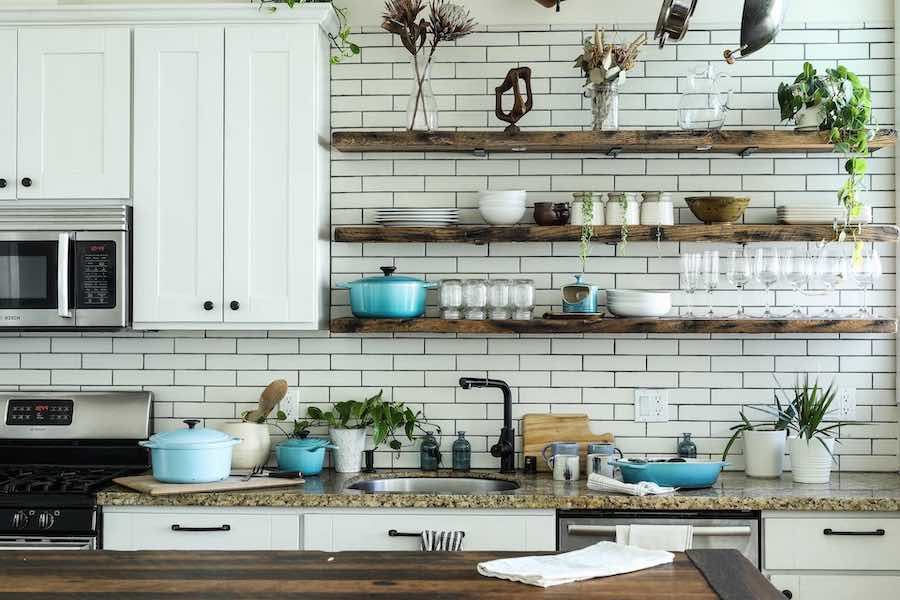The Victorian era, spanning from 1837 to 1901, was a time of great innovation and change in the world of home design and decor. One area that saw significant changes during this time was the kitchen. In this article, we’ll explore what Victorian kitchens were like and how they were fitted in those days.
Victorian kitchens were typically larger than those of previous eras, as more emphasis was placed on cooking and preparing food at home. The kitchen was often the central hub of the home, where the family would gather to eat, socialize, and spend time together. Because of this, Victorian kitchens were designed to be both functional and aesthetically pleasing.
One of the most notable features of a Victorian kitchen was the use of cast iron stoves. These stoves were often ornate, with intricate detailing and decorative elements. They were fueled by coal or wood and could be used for cooking, baking, and heating the room.
Another key element of Victorian kitchens was the use of built-in cabinetry. Cabinets were often made from high-quality materials like oak or walnut and were designed to be both functional and stylish. They were often adorned with ornate hardware and decorative elements, such as carved moldings or intricate inlays.
In addition to the stove and cabinetry, Victorian kitchens also featured a range of other appliances and tools that were used for cooking and food preparation. These included items like meat grinders, coffee grinders, and hand-cranked eggbeaters. Many of these tools were made from cast iron and were designed to last for generations.
When it came to the layout of the kitchen, Victorian designers often focused on creating a space that was easy to use and navigate. The kitchen was typically divided into different work zones, with designated areas for preparing food, cooking, and cleaning up. This helped to ensure that the kitchen was a functional space that could accommodate the needs of a busy household.
Overall, Victorian kitchens were a reflection of the era in which they were created. They were functional, ornate, and designed to be a central gathering place for family and friends. While many of the appliances and tools used in these kitchens are no longer in use today, the design principles and aesthetic elements of Victorian kitchens continue to influence home design to this day. If you’re considering remodeling your bathroom with Victorian-inspired designs, Kitchen fitters in Manchester can help bring your vision to life.
